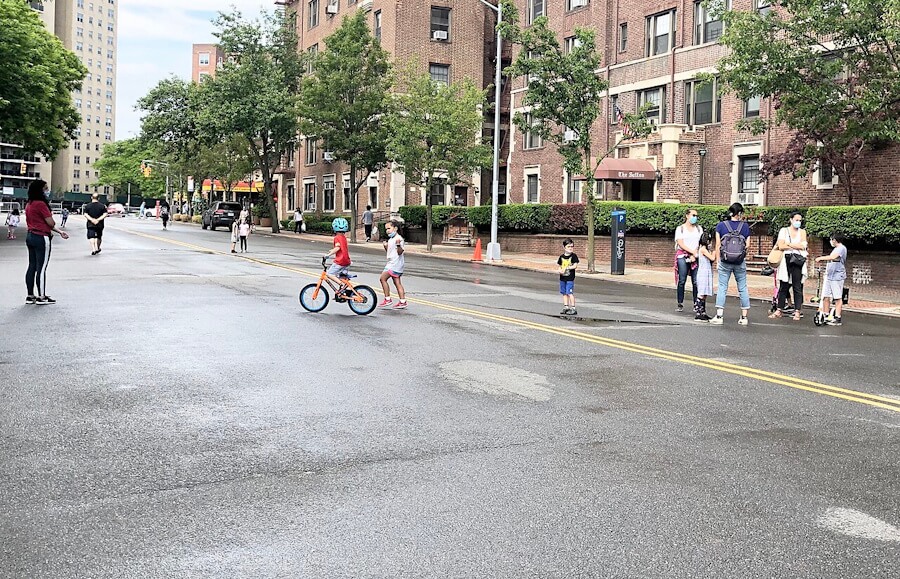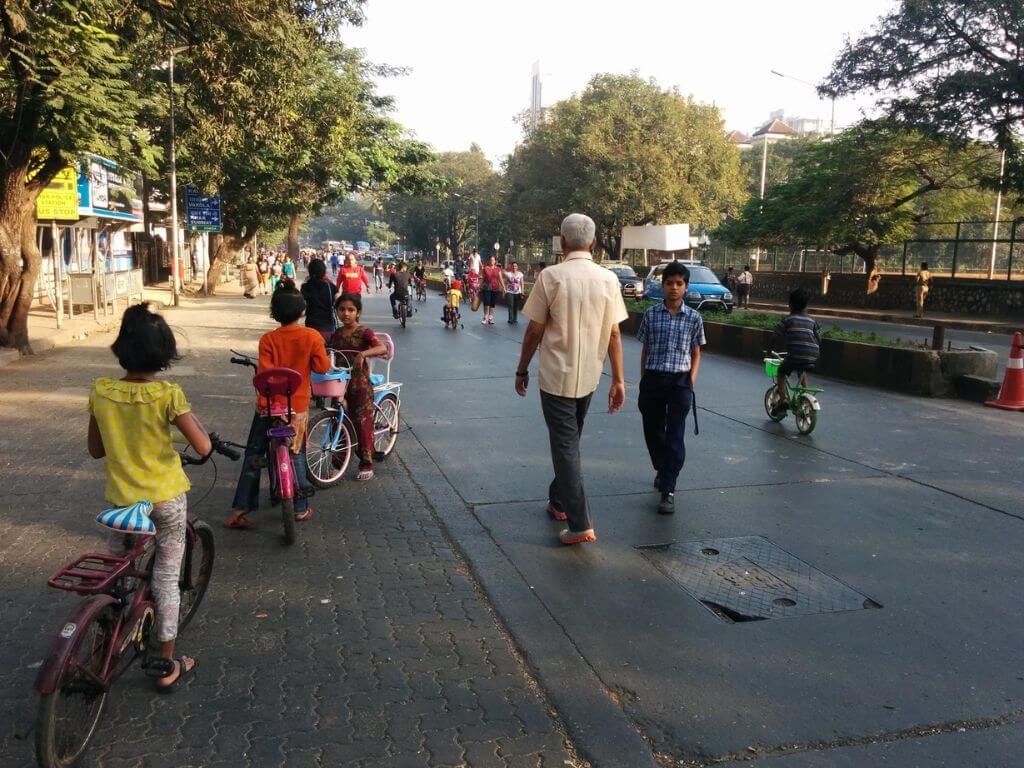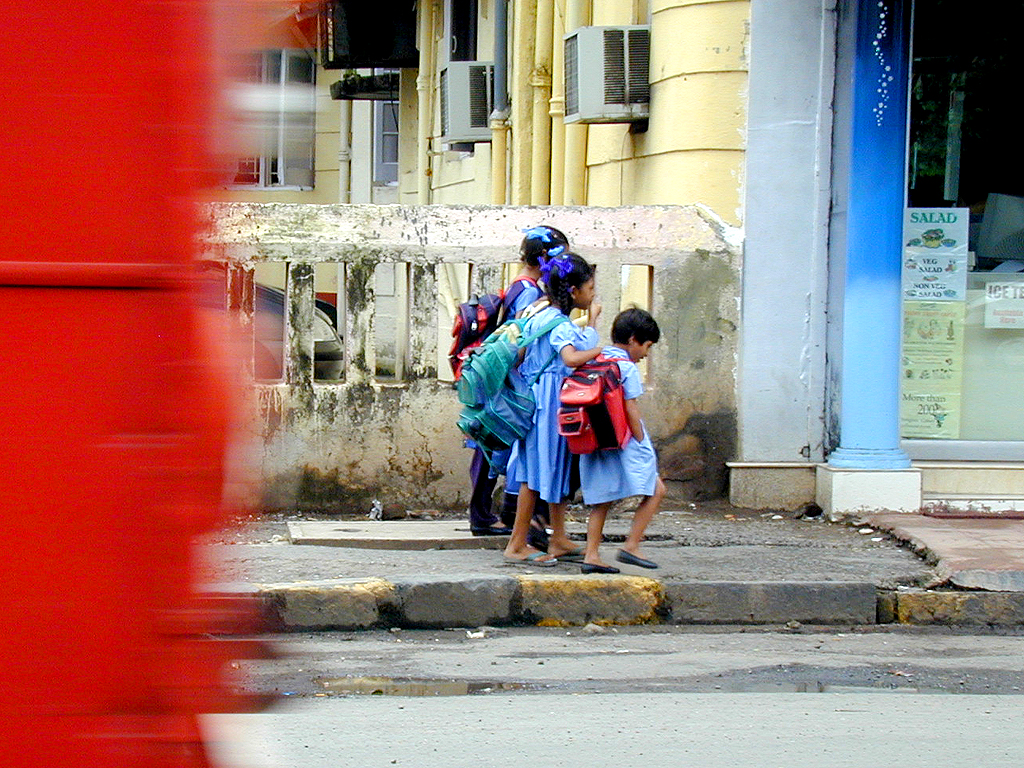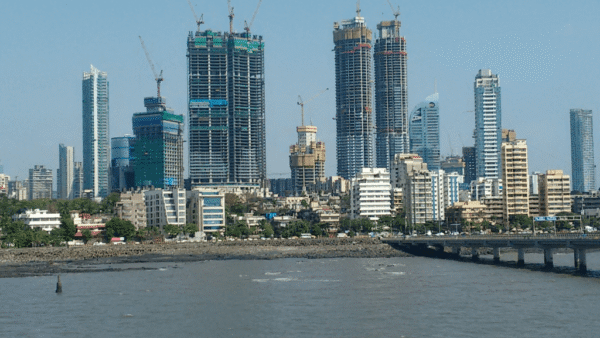The spaces in which children grow up shape their experiences, development, and well-being. However, in modern urban planning, children are often overlooked, leading to a stark decline in inclusive spaces that foster social engagement, physical activity, and emotional well-being. This neglect, combined with increasing ecological degradation and digital dependency, has profound implications for children’s mental health. Moreover, sudden disruptions like floods or war-like situations serve to outline the fragile nature of modern planning.
To provide cities and spaces that nurture children and protect their mental well-being, three critical aspects of urban planning need to be addressed—physical infrastructure, ecological balance, and digital pollution. Outlining their impact on children and proposing solutions to counter these emerging challenges is the need of the hour.
Often, we slumber over issues that are not seen to impact us directly. However, outbreaks like pandemics, natural disasters, and war-like situations suddenly expose the fragile status quo. The hyper barrage of digital and social media content that ramps up these situations unchecked only serves to push the delicate mental peace over the edge — for children as well as adults.
In such national emergencies, it is the physical and social fabric that not only keeps the society together but also safeguards our mental well-being. Lack of safe spaces, both physical and emotional, will end up pushing us over the brink. These spaces should be carefully curated – at home, in schools as well as in society. Disasters seldom come with warning. Red flags for disasters that will ensue with poor modern urban planning especially for children are now fluttering vividly in the wind.

Photo: Wikimedia Commons
Physical environment: The disappearance of inclusive spaces
Children require spaces that cater to their unique developmental needs—playgrounds, parks, community centres, and safe pedestrian pathways. However, rapid urbanisation has led to shrinking public spaces, with infrastructure focused more on vehicular movement and commercial expansion than child-friendly environments. Research from UNICEF[1] highlights how unstructured outdoor play is crucial for cognitive and emotional growth, yet Indian cities are witnessing a decline in such opportunities.
A study by Kumar et al. (2021) in Mumbai found that over 60 percent of children lacked access to safe outdoor play areas within a kilometre of their homes. This forces children into confined spaces, reducing opportunities for social interaction and physical exercise. Moreover, increased traffic congestion almost throughout the day and difficulties in connectivity or smooth travel experience demotivates people from stepping out to meet friends and relatives.
All this leads to increased isolation of children and translates into worsening mental health for children. The World Health Organization (2022) reports that children in urban settings are at a greater risk of anxiety and depression due to the lack of free play spaces.[2]
To counter this, city planners must prioritise child-friendly urban design, integrating dedicated play areas in residential complexes, pedestrian-friendly streets, and community-driven recreational spaces. Moreover, transit opportunities should be as seamless and passenger-friendly as possible. Some successful models exist, such as the “Play Streets” initiative in New York City[3] and Barcelona’s “Superblocks,”[4] which restrict vehicle movement to create safer spaces for children and families.
The initiative some years ago to reclaim streets on Sunday mornings in Bandra, Mumbai, was a huge success.[5] It should have continued and expanded to other areas. Similar strategies should be adopted in Indian cities, where high-density living conditions often limit access to public parks. Bhubaneswar, in Odisha, has pioneered child-centric urban planning through its Smart City initiative which includes safe walkways, playgrounds, and designated child-friendly zones in public parks. A study by the Indian Institute for Human Settlements (2020) found that children in these areas reported increased outdoor play, better social interaction, and improved mental well-being.

Photo: Wikimedia Commons
Ecology: The importance of open spaces and pollution control
Indian cities are facing an ecological crisis, with green cover rapidly diminishing in favour of concrete structures. Mumbai lost 40 percent of its green cover between 1980 and 2018, according to the Mumbai Climate Action Plan[6], exacerbating air pollution and increasing urban temperatures.
Additionally, poor air quality has been linked to rising cases of respiratory illnesses, which indirectly affect cognitive development and academic performance in children.[7]
Studies such as those by Wolch et al. (2014), indicate that exposure to nature significantly improves attention spans, emotional regulation, and overall mental health in children.[8] Moreover, research from the University of British Columbia (2021) found that children who had daily access to green spaces exhibited lower stress levels and higher cognitive function compared to those living in urban environments devoid of greenery.[9]
A healthy ecological environment is fundamental to childhood well-being. Green spaces not only offer recreational opportunities but also help mitigate urban stressors like air pollution and extreme heat. Schools and residential complexes should incorporate nature-based designs that allow children daily exposure to green environments. Cities like Bengaluru have initiated policies mandating open spaces in new developments—such models must be expanded nationwide.
Urban planners should integrate nature into urban planning and incorporate “green corridors” and rooftop gardens to compensate for the loss of open spaces. Successful initiatives such as Singapore’s ‘Park Connector Network’, which integrates green walkways throughout the city, can serve as models for Indian cities.[10] Additionally, local governments must enforce stricter regulations to preserve and expand green cover, ensuring that every child has access to a natural environment within their locality.

Photo: QoC file
Digital pollution: The need for social connections
While digital technology offers educational opportunities, excessive screen time is eroding children’s social skills and increasing their mental health concerns. The New Horizons Theory of Social Engagement for Autism emphasises the critical role of real-world interactions in cognitive and emotional development.[11] However, modern children are increasingly drawn into digital realities, isolating them from physical play and peer interactions (Samir Dalwai, Absent Social Structure: It Takes A Neighbourhood To Raise A Citizen, Outlook, 2024).[12]
A study by Twenge et al. (2019) found that children who spend more than three hours daily on screens are twice as likely to suffer from anxiety and depression.[13] In India, the COVID-19 pandemic accelerated this digital immersion, with screen time among children rising by nearly 50 percent.[14] Excessive digital exposure fosters a detachment from real-world socialisation, leading to a rise in loneliness and emotional distress.
According to a survey by Happinetz, a leading parental control filter box, at least 42 percent of children under the age of 12 spend an average of two to four hours on their screens, and those above 12 spend 47 percent of their day on phones and tablets.[15] The rise of social media platforms and online gaming has further contributed to the erosion of real-world interactions, impacting emotional resilience and critical social skills. Multiple challenges due to poor infrastructure have rendered shifting of education online both within schools and outside too. There is a humongous increase in online instruction and evaluations and countries planning to shift all education online by 2030.
Poor urban infrastructure and public recreation facilities demotivates parents from stepping out with their children. An upward shift in parental age further demotivates parents from taking their children out. Infrastructure needs to be updated and in fact improvised to promote and motivate going outdoors in the face of disinclination to step outdoors.
The solution is to balance technology with real-world engagement. Parents and policymakers must establish structured digital detox strategies, ensuring children balance online engagement and academics with outdoor and interpersonal activities. Schools should integrate social-emotional learning programs, promoting interpersonal skills and cooperative play. Public awareness campaigns can educate parents on the risks of digital overexposure and the importance of real-world engagement. At the same time, city infrastructure has to be made more alluring to encourage people and children to step outdoors.
The ‘No Tech Tuesdays’ initiative in various schools in Chennai has demonstrated promising results. By encouraging students to engage in offline activities, educators have reported improved classroom participation, creativity, and reduced instances of anxiety among students. Governments and schools must consider implementing such structured programs to combat digital addiction effectively. The Bandra, Mumbai, movement for ‘Equal Streets’, by closing them to vehicular traffic on Sundays and allowing people to walk, play, and engage in various activities, saw people enjoying activities like yoga, aerobics, cross-fit, Zumba, and cycling. The sp ace helped citizens connect with each other and correct the imbalance in how roads are used in Indian cities.

Photo: QoC file
Conclusion: A call for child-centric urban planning
The current trajectory of urban development poses significant risks to children’s mental health and overall well-being. Addressing these challenges requires a multi-faceted approach that integrates inclusive urban planning, ecological preservation, and digital literacy. Policymakers, urban planners, and community leaders must collaborate to ensure that cities are designed with children at their core, fostering environments that nurture their physical, emotional, and social growth.
Some immediate steps include:
- Mandating child-friendly urban planning norms in new developments
- Expanding green spaces and enforcing tree cover regulations
- Implementing structured screen-time guidelines for children
- Promoting policies that facilitate community-driven social spaces
By adopting a holistic approach that prioritises children’s developmental needs, we can build healthier, more inclusive cities that help to maintain mental health and well-being of the young and nurture future generations. Only through proactive measures can we create urban landscapes that truly support children, ensuring they thrive in a world that values both progress and well-being.
Dr. Samir H Dalwai, MD, DCH, DNB, FCPS, FIAP, LLB, is a developmental behavioural pediatrician who founded New Horizons Child Development Centre and Research Foundation that works closely with children and communities for their development. He is also a law graduate, the spokesperson and media in charge of the Indian Academy of Paediatrics.
Cover photo: Wikimedia Commons




